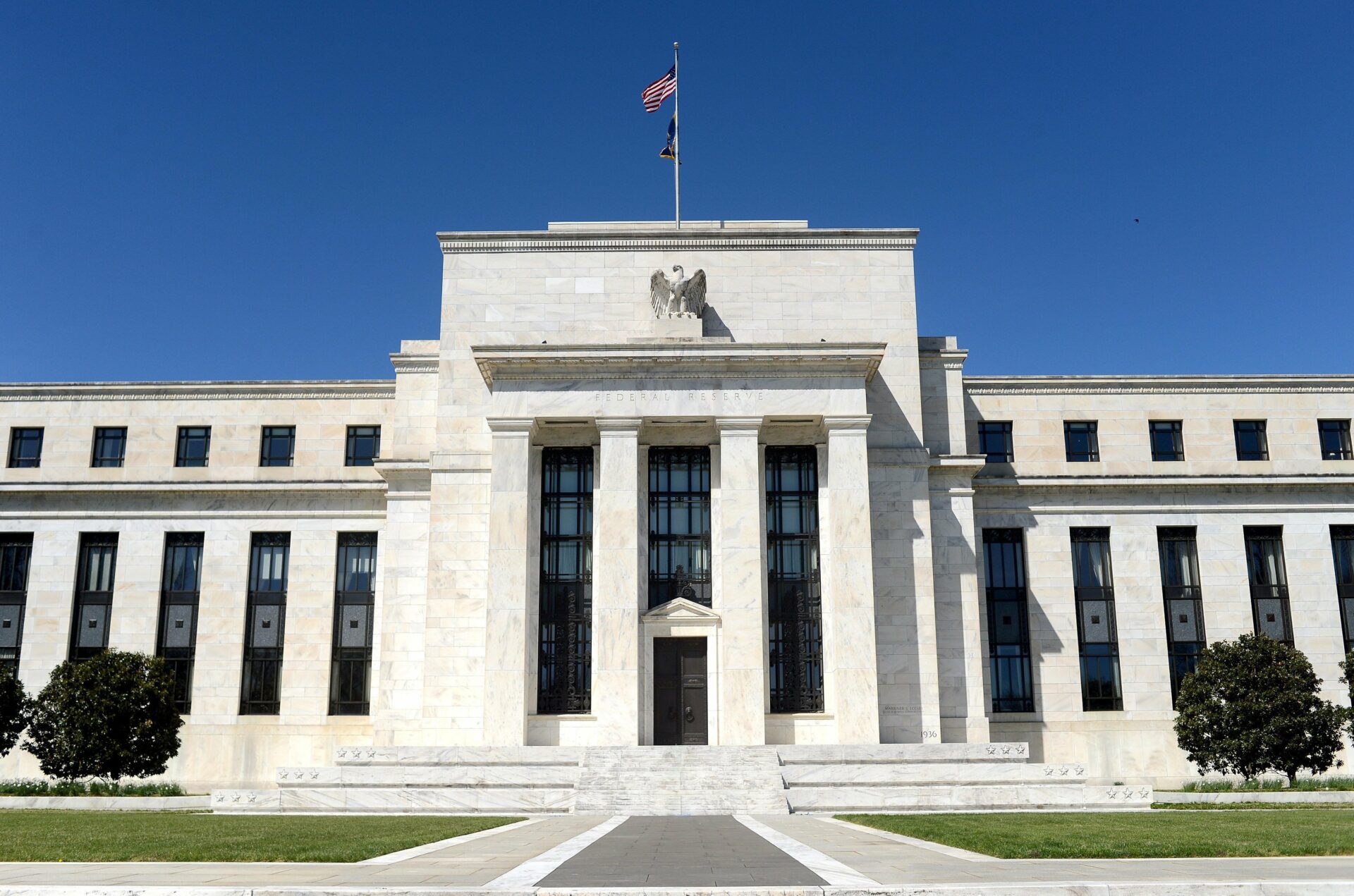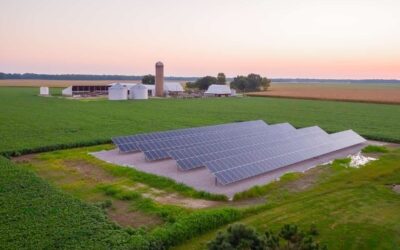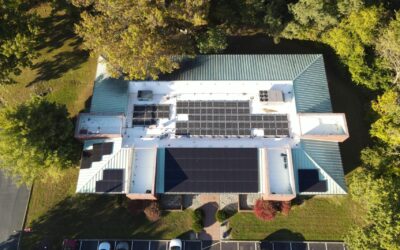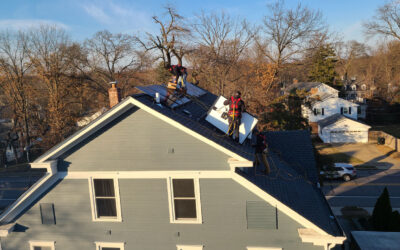For many homeowners looking into going solar, financing makes a longer term energy investment accessible. For the last few years, solar loans have been available at relatively low interest rates (0.99 to 4.99%), giving homeowners greater flexibility. Many homeowners utilizing these types of loans carry them out to their full 15-25 year term, paying a low monthly payment while saving significantly on their utility bills. Some invest state incentives and savings from the federal tax credit back into those loans, while others use that extra cash to pay down other, higher interest loans or for other projects and household expenses.
Within the last couple of months, however, the Federal Reserve has steeply raised interest rates. For the foreseeable future, we won’t be seeing as many financing options at those lower interest rates. That doesn’t mean that solar is off the table for you, however. With the recent passage of the Inflation Reduction Act, solar incentives are at an all time high. High interest rates shouldn’t be a barrier – it just changes how you approach the financial side of solar.
So what can you do to make the most of your solar investment in this financial market? At EFS, we suggest a few options: paying cash, being strategic with your loan, or a solar lease. Of course, paying cash is always an option, and a good one if you have the money for it and want to utilize it that way. But for many of us, as home solar typically falls in the range of what you could spend on a new car ($20-$80K), making an outright purchase isn’t the most accessible option.
Even in this higher interest rate environment, loans can still be a great option – and there are definitely still a range of offerings you can select from. What has changed is the best strategy for paying off the loan. Instead of carrying that loan to term and making minimum monthly payments, in this case it may be cheaper to try to pay the loan down more quickly. Shop your loan options and take time to evaluate what monthly payment you’re comfortable with. A 25 year loan might offer the lowest monthly payments, but shorter terms (5-15 year) at similar interest rates can significantly lower your overall payment.
Fortunately, solar incentives give you several ways to accelerate paying off your loan. This can include investing your tax credit, state incentives, and electric bill savings back into the loan. Many solar loans also come with opportunities for re-amortization to accommodate these kinds of larger incentive payments. For Illinois customers who choose Sunpower equipment, the manufacturer actually takes your state level incentive off the top of your loan principal instead of having to wait months for the incentive check in the mail, further decreasing interest accruals.
With these strategies, you can access financing and spread out your solar payments more than a cash option would allow, while minimizing the amount of interest accrued. Then, when the loan is paid off, you get to spend the rest of the system’s lifetime (25+ years) just receiving the benefits of energy savings.
For homeowners who still need an option with a low monthly payment, leases are a better option than ever. A solar lease is an agreement in which the lessor owns the solar array for a set term, and is responsible for maintenance (and often a guarantee that the system will produce a certain minimum amount of energy). The lessee pays a monthly fee and in exchange, receives the energy from the solar array. This enables the homeowner to save on electricity bills without the hassle of having to own and maintain the solar. But most leases have buyout options, typically at around year 7, or at the end of the term, so it can be a great path to system ownership as well.
Leases can offer low monthly payments because many lessors, as the system owner, take the tax credits and incentives. This way, the homeowner doesn’t have to wait for their rebate check to be sent or to see the benefit of the tax credit, as it’s already been factored into the pricing structure. Additionally, under the new federal incentive structure, a commercial lessor may be able to claim additional tax credits for using domestically manufactured materials, further lowering costs and increasing the benefits of a solar lease!
There are so many ways to approach a solar purchase, and part of our job here at EFS Energy is to help you figure out what’s best for you. Through our consultative process, we work with you to identify incentives and payment options that meet your goals, and streamline the whole operation as much as possible. The solar world is always changing, but we’re here to navigate it so you can get the most out of your solar energy system.





